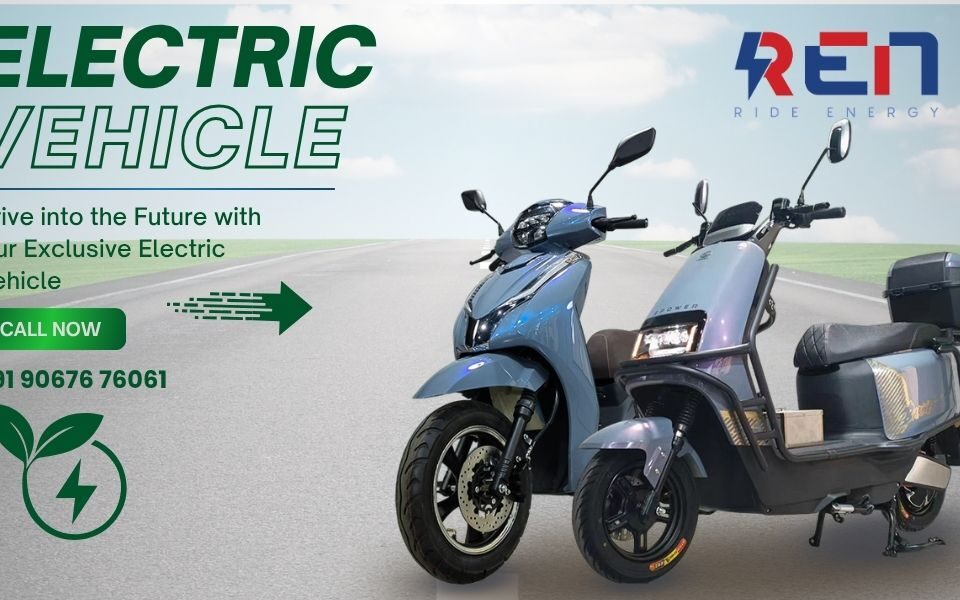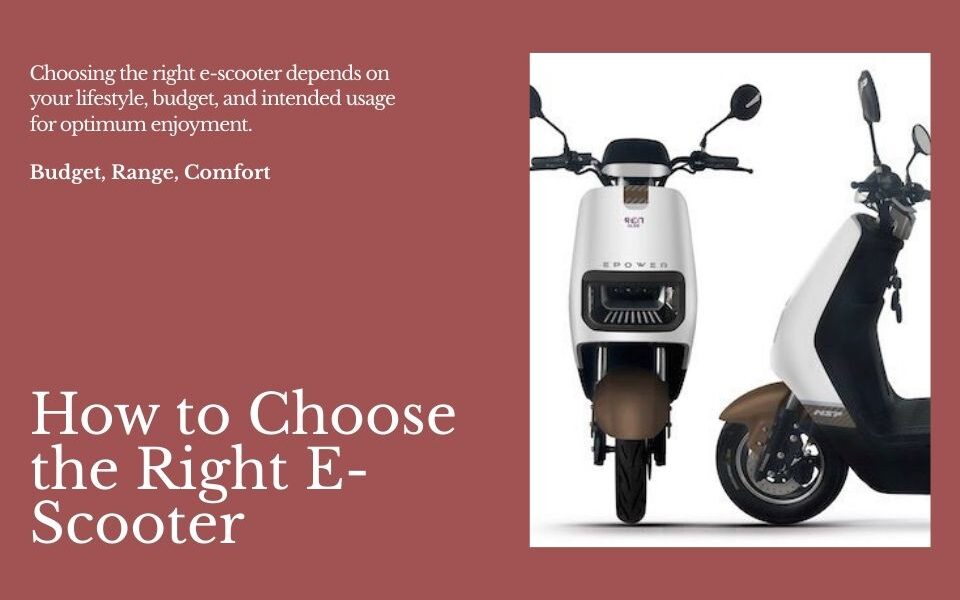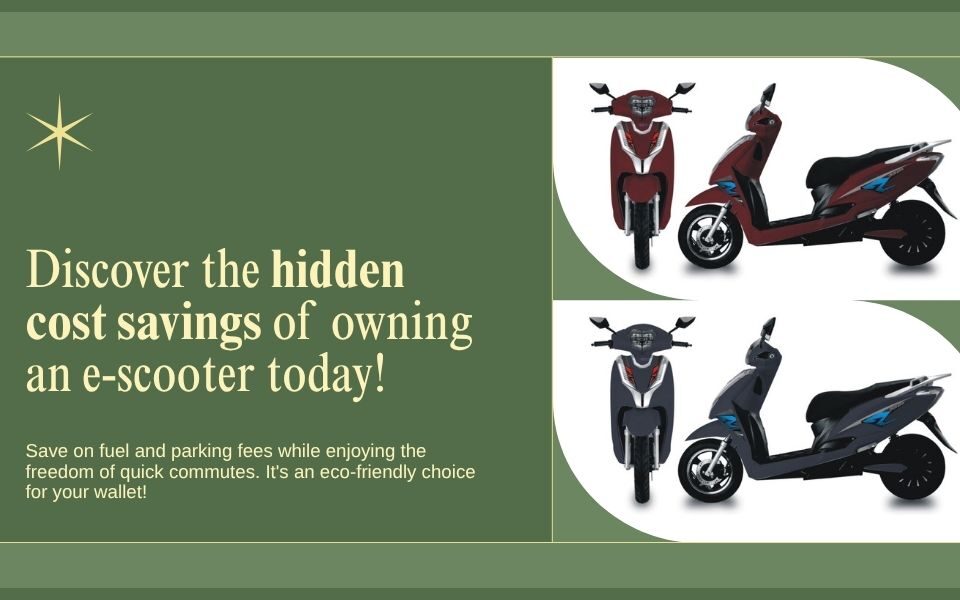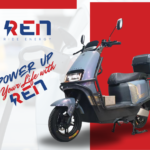
Top Reasons to Switch to an E-Scooter Today
March 29, 2025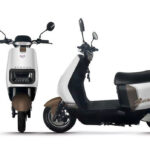
Common Problems with E-Scooters and How to Fix Them
May 23, 2025Overview
Electric scooters (or e-scooters) have zoomed their way into city streets, college campuses, and even neighborhood lanes. They’re cool, cost-effective, eco-friendly, and let’s be honest—riding one just feels fun. But with popularity comes curiosity (and concern), especially around one big question: Are electric scooters actually safe?
In this blog, we’re busting myths, sharing facts, and giving you the real deal about e-scooter safety. So if you’re considering switching to one or already own an electric scooter, this read is your personal safety compass.
Myth #1: Electric Scooters Are More Dangerous Than Other Vehicles
Reality: It’s all about how you ride.
A lot of people think electric scooters are risky just because they look less sturdy than bikes or motorbikes. But here’s the truth: most accidents happen due to rider error, not the scooter itself. Speeding, not following traffic rules, and distracted riding are major causes.
With proper safety gear, responsible riding, and regular maintenance, electric scooters are as safe as riding a bicycle or even safer in some settings.
Pro Tip: Stick to recommended speeds, especially in crowded areas, and always wear a helmet!
Myth #2: E-Scooters Are Only Safe for Short Distances
Reality: They’re designed for urban travel—short or long.
It’s common to think electric scooters are good for just those quick errands to the store or the next block. In reality, many high-quality electric scooters can cover 40+ km on a single charge.
As long as the roads are well-maintained and you stick to your lane, there’s no reason you can’t rely on an electric scooter for your daily commute.
Pro Tip: Pick a model that matches your travel needs—whether it’s 10 km a day or 40.
Myth #3: Electric Scooters Don’t Work in the Rain
Reality: They do, but with caution.
Most e-scooters today are water-resistant, not waterproof. That means you can ride them through light rain or damp roads, but not puddles or heavy downpours. The risk isn’t just slipping—water can damage the motor or battery if the scooter isn’t built for it.
Pro Tip: Check the IP rating of your scooter. An IPX4 or higher rating means it can handle light rain.
Myth #4: Electric Scooters Are for Teens and College Students Only
Reality: E-scooters are for everyone (including you, boss).
The stereotype is strong, but electric scooters are increasingly popular among working professionals, parents, and even retirees. Why? They’re super practical, low-cost, and perfect for zipping through traffic.
Pro Tip: Choose a scooter that suits your style and comfort level. Whether it’s a compact city ride or a powerful commuter beast, there’s something for everyone.
Myth #5: The Battery Might Explode
Reality: Not if you buy a quality scooter and maintain it well.
We’ve all heard horror stories about batteries catching fire. But this mostly happens with poorly made scooters or non-certified batteries. If you purchase from a reputable brand and follow safe charging practices, the chances are incredibly low.
Pro Tip: Use the original charger, avoid overcharging overnight, and don’t expose your scooter to extreme heat.
Myth #6: Electric Scooters Are Easy to Steal
Reality: Lock it right and you’re good.
Yes, scooters are compact, but that doesn’t mean they’re an easy steal. Most modern e-scooters come with built-in security features like alarms, GPS tracking, or electronic locks. And good old-fashioned U-locks and chain locks work just as well.
Pro Tip: Park in well-lit areas, lock the scooter frame to a fixed object, and activate any anti-theft features.
Myth #7: E-Scooters Don’t Need Maintenance
Reality: A little care goes a long way.
Just because they don’t have engines doesn’t mean e-scooters are maintenance-free. Battery health, brake checkups, tire pressure, and occasional software updates are important.
Pro Tip: Do a quick 2-minute check before every ride: brakes, tires, battery level, and throttle response.
Common Safety Tips That Actually Work
Let’s get into some real safety practices every e-scooter rider should follow:
- Wear a Helmet – Non-negotiable.
- Ride Solo – Scooters aren’t made for two.
- Use Lights & Reflectors – Be visible, especially at night.
- Follow Traffic Rules – It’s not a toy, it’s your ride.
- Be Alert – Watch for potholes, bumps, and distracted drivers.
Why Electric Scooters Feel Safer Over Time
Here’s the thing: once you get used to riding and understand your scooter’s controls, safety becomes second nature. The more experienced you are, the smoother (and safer) your rides will be. Plus, today’s scooters are smarter than ever—with features like regenerative braking, cruise control, mobile app connectivity, and ride analytics.
Just like any vehicle, your scooter is only as safe as how you use it.
Final Verdict: Are Electric Scooters Safe?
Absolutely—as long as you’re riding smart.
E-scooters are designed with safety in mind, and every year they get better. Most myths about their dangers are either outdated or based on misuse. With proper care, the right safety gear, and a dash of common sense, your e-scooter can be one of the safest and smartest ways to move around.
So, are electric scooters safe? Yes. Are they fun, cost-effective, and environment-friendly too? Double yes!
Ready to ride safe and smart? Grab your helmet, power up your EV, and show the world how it’s done!


